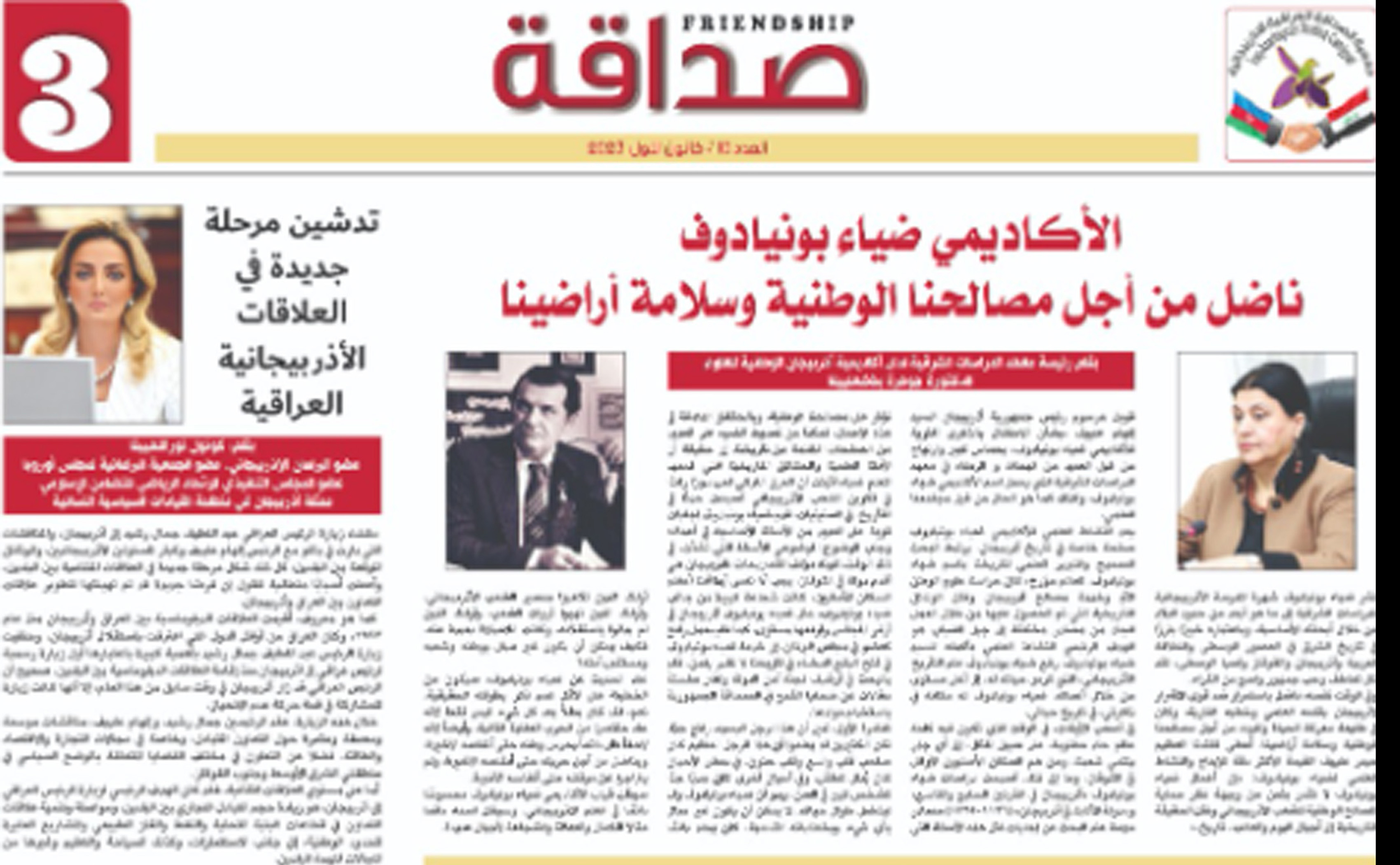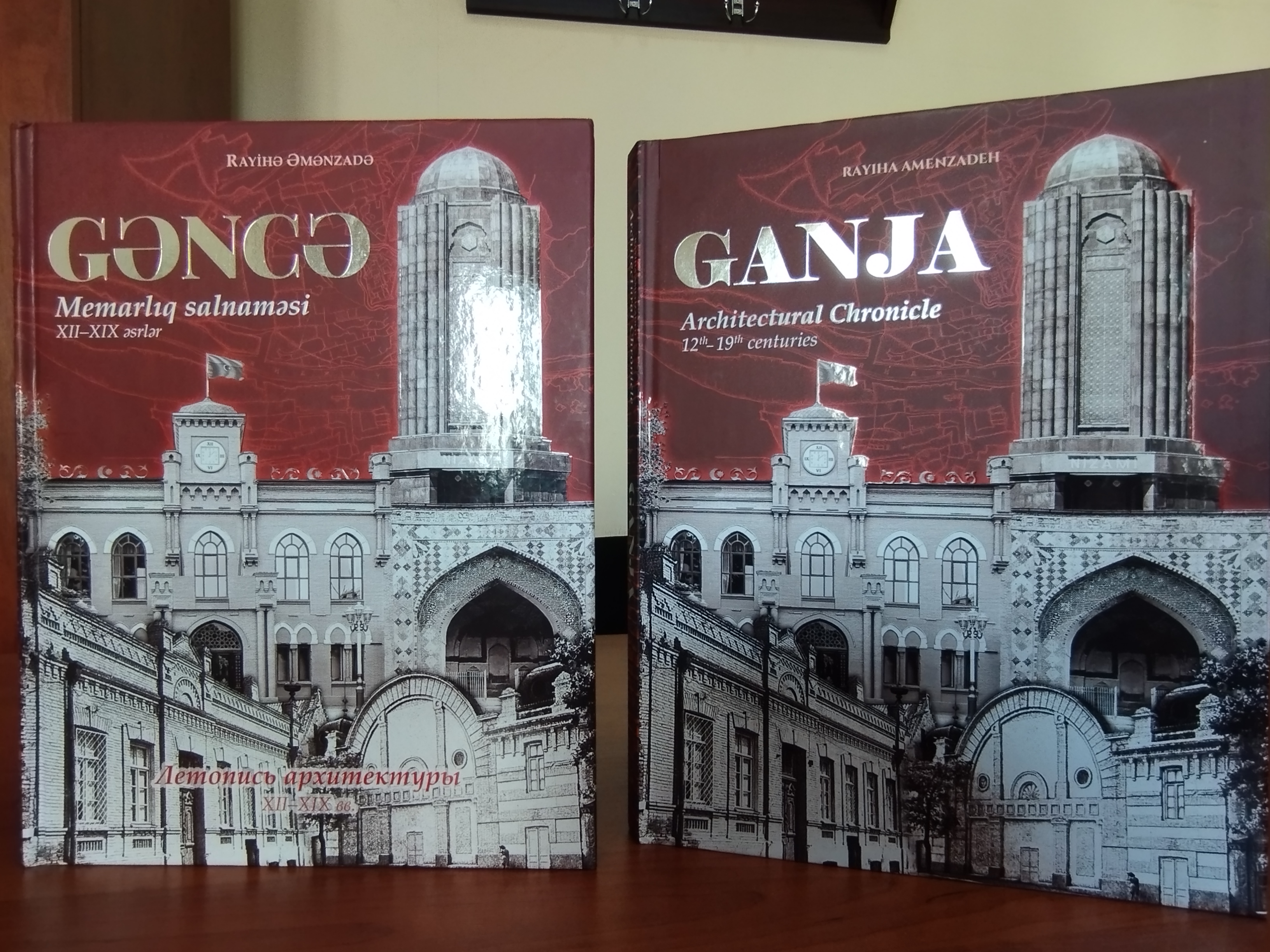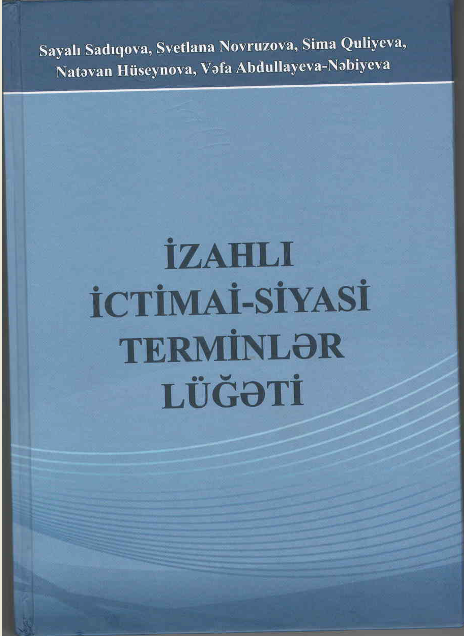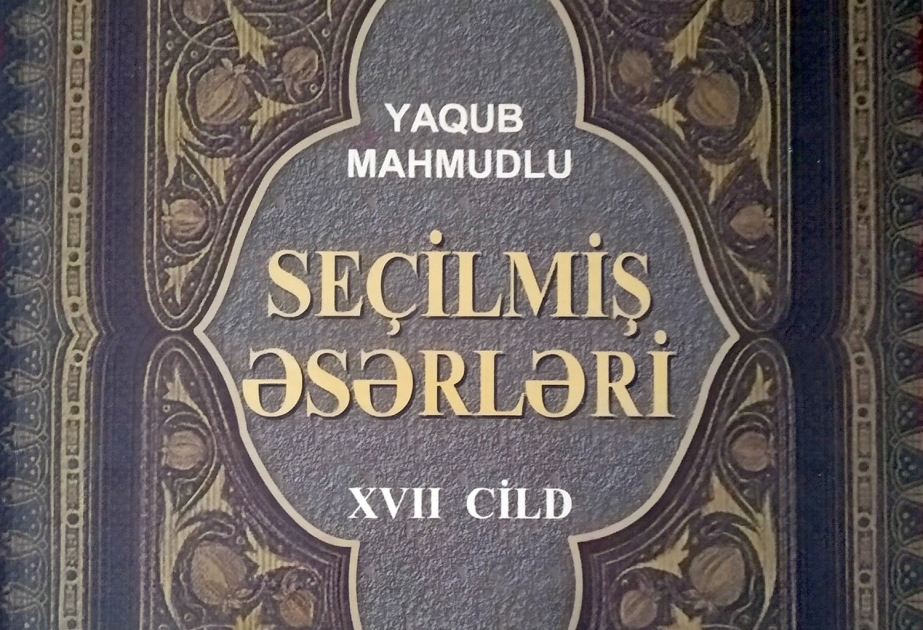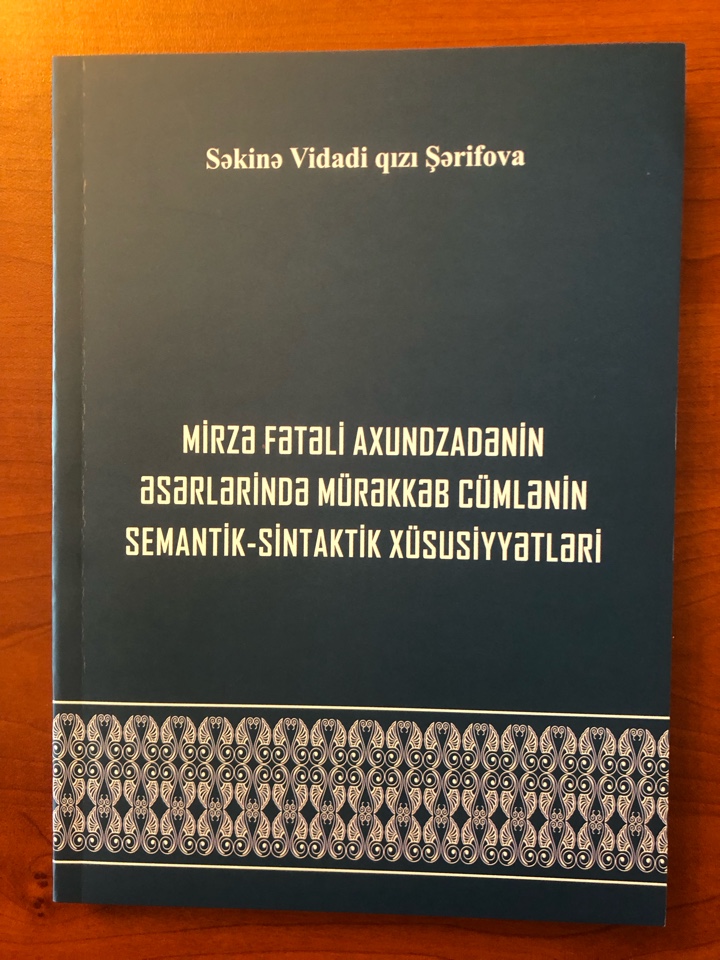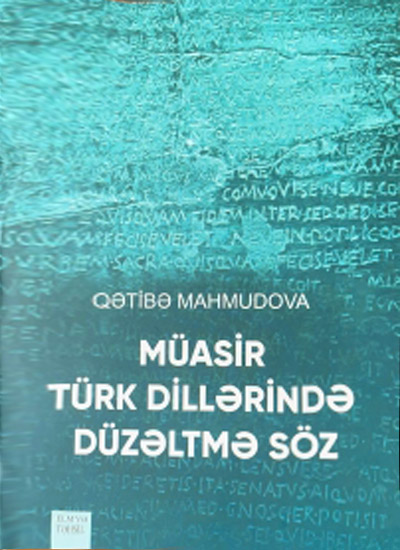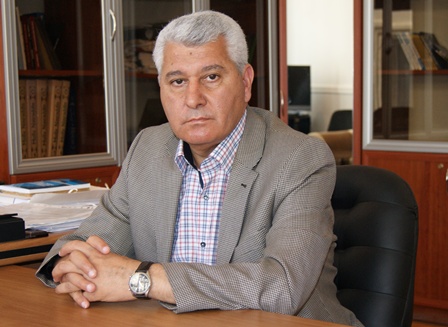
- A-
- A
- A+
Multiculturalism in Azerbaijan folklore
One of the main advices of Heydar Aliyev – the founder of Azerbaijan multiculturalism, is to integrate Azerbaijan culture into the world. If we speak about integration of Azerbaijan folklore into the world by relying on this advice, we should speak about multicultural values firstly. Because, Azerbaijan folklore have in common with world folklore and our folklore portrays deep respect to other peoples.
One of the main sources of multiculturalism in folklore is the archaic thinking style, the mythological thoughts. Even feeling the alike mythological attitude to the world the nations living in long distances, not having any genetically and economical-cultural relations influence substantially to strengthen the human ideas in folklore. In the mythology of the world nations the cultural hero’s being attached to the divine origin, being connected with the magical powers and being introduced as the representative of the justice pulls out the folklore from the narrow frame as the national egoism. Being very national due to its formation the folklore conveys the general essence in content. In different eposes such as in Azerbaijan epos “The Book of Dede Gorgud” Basat being brought up with the lion’s milk; Sharvili being generated from the Sun in the epos “Sharvili” which belongs to the limited nations of the Caucasian; Manas being generated from the apple in Kirgiz epos “Manas”; Siegfried killing the dragon and having bath in its blood in the epos “The song of the Nibelungs” gains the invincibility character as a hero with the divine origin and magical powers and struggles for the sake of justice. These invincible heroes fight with the dragon, Tepegoz and other unusual creatures, including the human beings. Are there any other representatives belonging to the different nations and religions among the people which the epos heroes fight? Yes, of course. But isn’t the fight of the epos heroes with the other nations and representatives of the different religions to roll down to the national egoism and to shun from the multicultural values? No. Because in the epos, as a whole, in folklore the people are differed not only for their religion and national relation, but also being well-wisher or evil-wisher and acting well or badly. The epos hero usually fights with the evil-wishers, not depending their religion and national relation they represent the harm. As our theme is Azerbaijan folklore let’s give the example from it. It’s necessary to mention that as in Azerbaijan epos “The Book of Dede Gorgud” Gazan khan fights with Gipchag Malik who belongs to the different religion, at the same time Gazan khan has to fight with his own uncle Alp Aruz who belongs to Islam religion. Because Alp Aruz, Gipchag Malik represent the evil, the harm; both Gipchag Malik and Alp Aruz create dangers for the Oghuz nation, country and state.
In Azerbaijan folklore, including in the epos “The Book of Dede Gorgud” there are bright pages of the respectable approaching to different nations and religions. From the famous heroes of the epos “The Book of Dede Gorgud” Ganturali’s love to the Christian girl Seljan and for his great love Ganturali’s fight with three wild animals such as a bull, a wild camel and a lion dangerous are examples for it. By the way, let’s note that in order to investigate the multicultural values in Azerbaijan folklore the theme “love” is very characteristic. This theme is represented both in Azerbaijan poetry and in Azerbaijan eposes on the bases of the Sufism philosophy. According to the Sufism philosophy Allah’s particle finds its reflection on a beautiful girl’s face or image. To love a beautiful girl is to love Allah, to wish a beautiful girl is to wish Allah. The master living with the ideals of loving, wishing, joining Allah rises to such a spiritual level that there is not any religious and national discrimination in that authority, the master praises both the Muslim beautiful girl and the Christian girl in the same level. The most obvious example of praising the Christian beautiful girl is seen in the epos “Asli and Karam”. In this epos the Muslim young man loves the Christian, Armenian girl Asli. The other characteristic example of this theme in Azerbaijan oral folk literature is the legend “Sheykh Sanan”. In that legend a Muslim confessor named Sheykh Sanan fells in love with a Georgian, Christian girl called Khumar, his love was so great that he preferred that love to any religion and belief.
One can observe the special expression of multiculturalism and tolerance in folk laugh, in jokes which is one of the main genres of this laugh. The hero of the joke laughs at the representatives of his nation before the representatives of other nations. The hero of the joke laughs at the representatives of other nations and religions as a friend, not as an enemy. I would like to give an example from one of the characteristic heroes of Azerbaijan jokes Mullah Nasraddin. The joke is so: One day Mullah Nasraddin sees that an old Christian woman weeps bitterly. He asks the reason of her crying. The woman answers that she had only a son, he married to a Muslim girl and because of his love changed his religion and he became a Muslim. Laughing at the old woman’s words Mullah Nasraddin answers: Hey, sister, you have only two Muslims in your house and you weep bitterly, but I have about ten Muslims in my house. Tell, please, what must I do with them?
Such Azerbaijan jokes are the products of the healthy thinking as to laugh at own self before laughing at other people. To love own nation, including the other nations, to respect own religion, including the other religions are the most important human values inspired by the folklore. Our duty is to protect such human values which have been left us as the heritage by our ancestors.
Mukhtar Kazimoghlu – Imanov, Director of the Institute of Folklore, Academic
©All rights are reserved. Citing to www.science.gov.az is necessary upon using news.
Similar News
Links
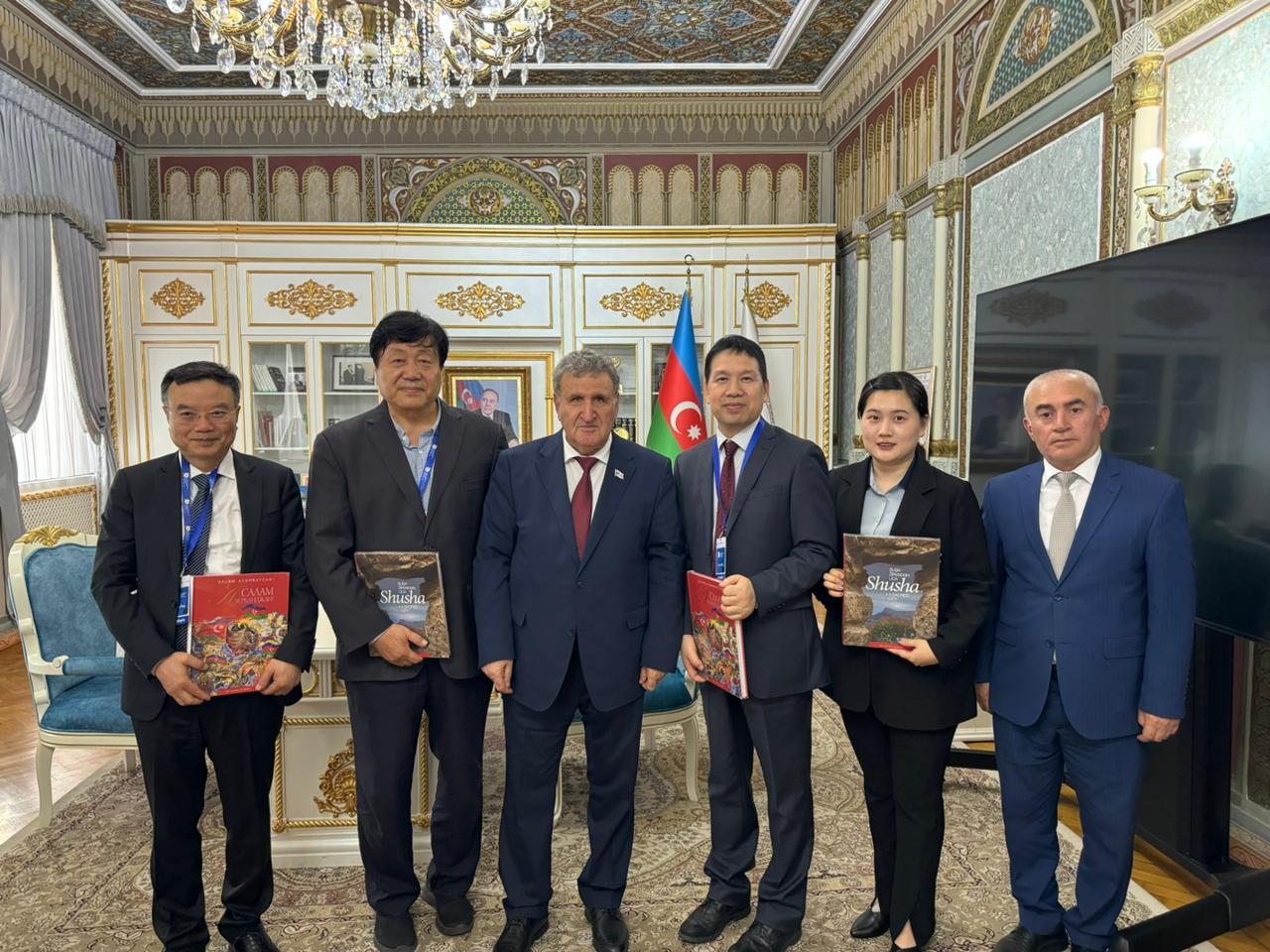


 Elm TV
Elm TV
 Photo
Photo
 Video
Video
